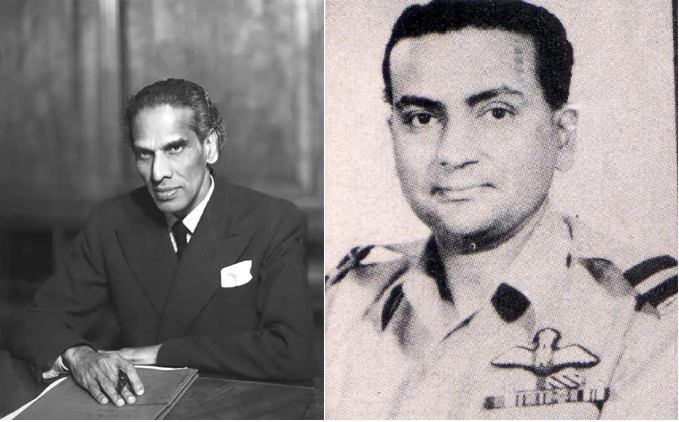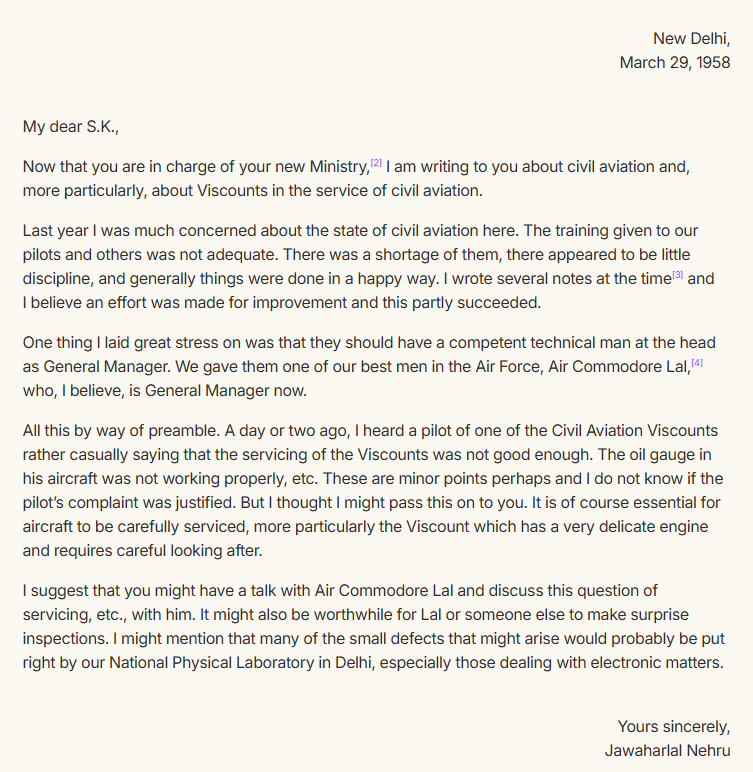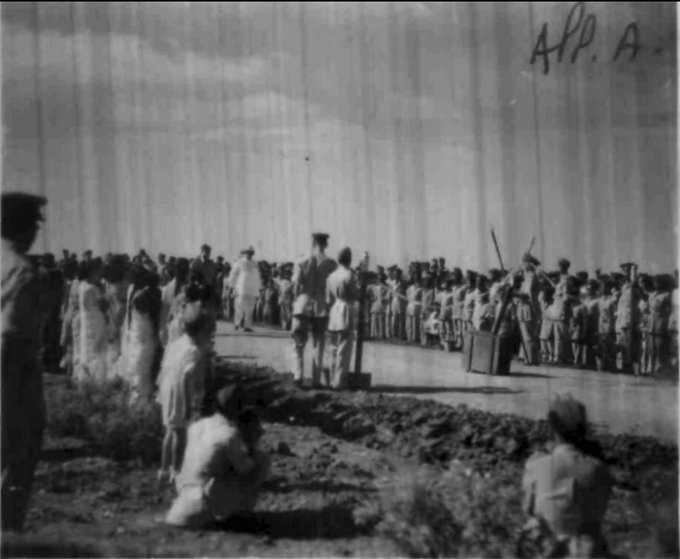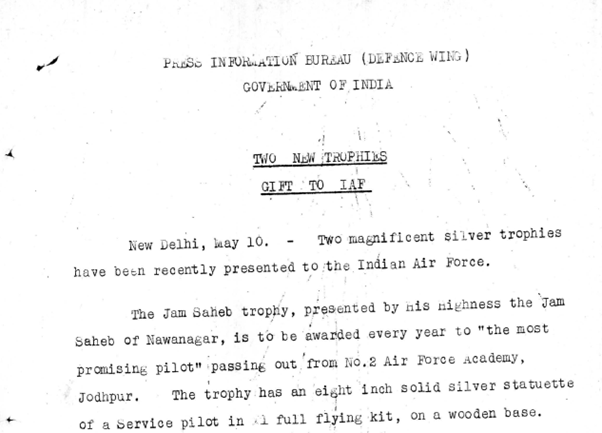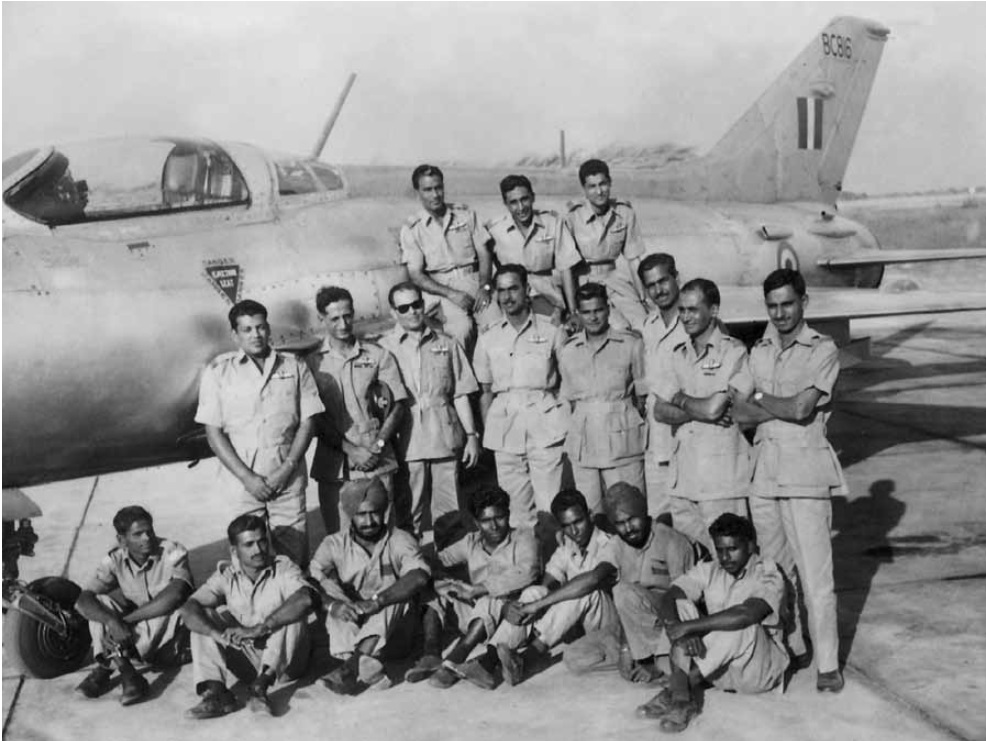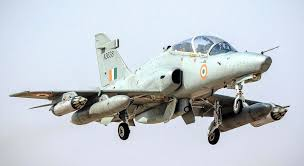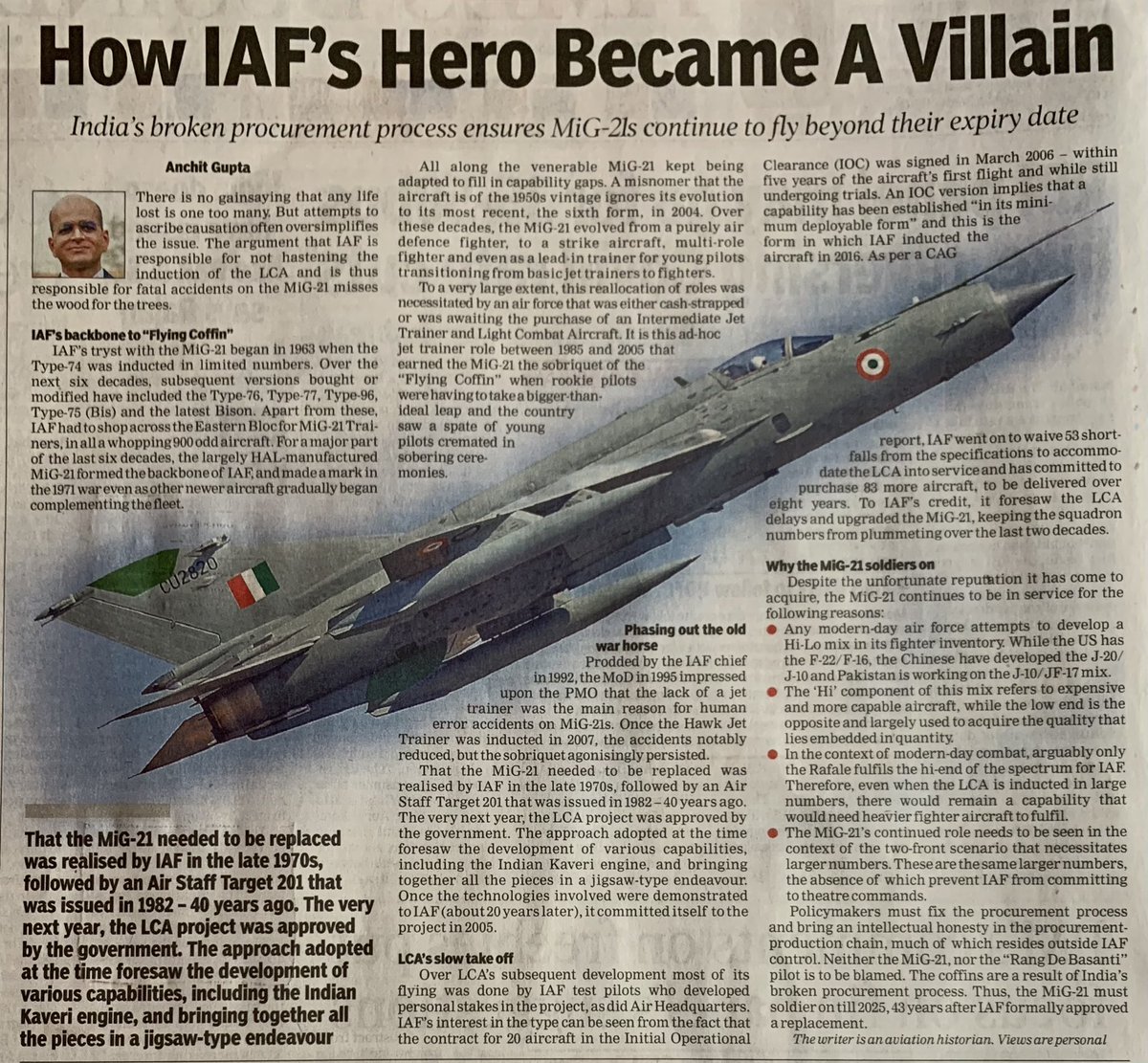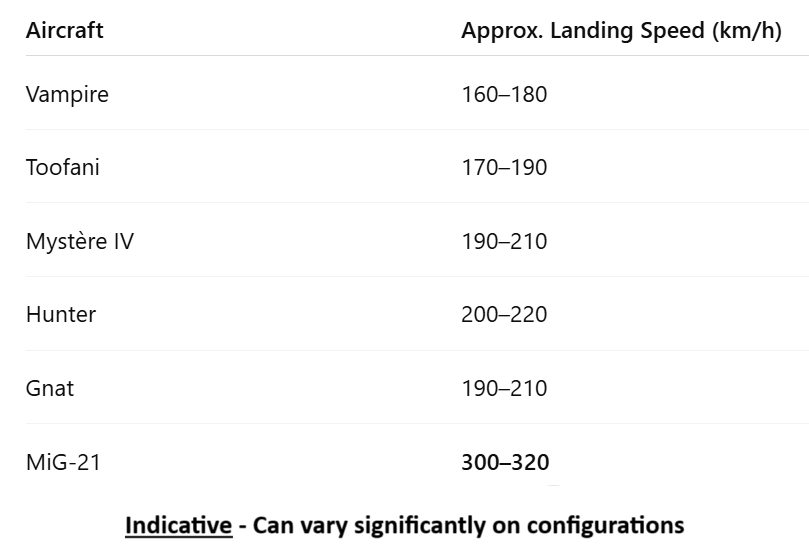Republic Day special! Haider Raza - The forgotten Airman. Commissioned @IAF_MCC as a pilot with the 2nd Pilot Course in 1940, he later moved to Pakistan Air Force, from where he left as the Vice Chief. Not before he had made his mark...His story.. (1/7) 

Born on 23 Sep 1916 in Chapra, United Provinces to Mary (Lyng) Raza and Syed Mustapha Raza, he chose to move to PAF on partition, even though his brother continued to serve with the Indian Army. He though spent his last years and died in the USA. (2/7) 

He saw service with 1 Sqn and was the first non-white Commanding officer of 10 Sqn of the @IAF_MCC . His last posting before the partition was as Officer-in-Charge Flying of Kohat, the only station open to Indians to command and control. (3/7) 

Raza's first 4 years were with 1 Sqn, where he rose to be B Flight Commander (Seen in pic) and served in Imphal - Kohima (where this pic was taken). He was one of the only two pilots to fly two tours of operations with 1 Sqn in Burma. (4/7) 

The Japanese offensive in Burma proved relentless, and 1 Sqn was withdrawn to India. On the way, Haider Raza became separated from the unit, but fought on alone, bombing and machine-gunning the Japanese invaders for two weeks. At one point he signalled headquarters...(5/7)
‘This one-man guerrilla war is great fun, but I only have one shirt and one pair of shorts and that isn’t enough for two weeks in the jungle.’ Realizing Raza had been forgotten, his superiors ordered him to fly back, where the young pilot was mentioned in despatches (6/7)
Raza left PAF as its vice chief in 1962 and migrated to the USA. @vayusena tracked down his grave to St James Church, Lothian, Maryland. As per his last wishes he wanted to be next to his best friend of his later years Harold McKnight. (7/7) 



@manupubby @MandeepBajwa @manaman_chhina @VishnuNDTV @sneheshphilip @PKRoyIAF @bcchristopher @Rajeev_GoI @TheBrownBeagle @leftofthepincer @meemainseen @IndiaHistorypic
• • •
Missing some Tweet in this thread? You can try to
force a refresh


